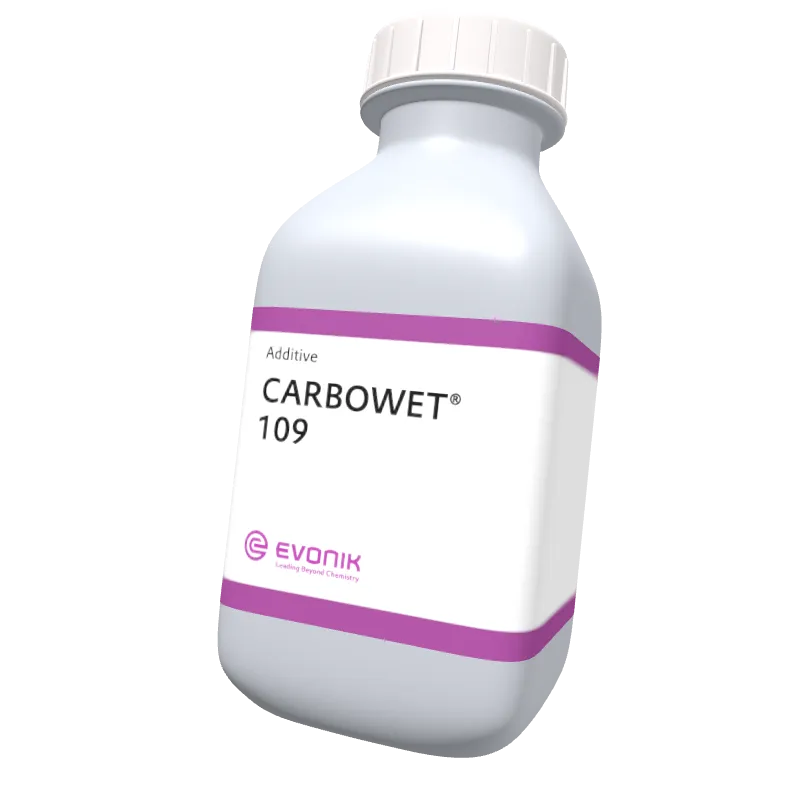Coatino Campus
Paper: The best for red and yellow – a new additive technology for waterborne iron oxide concentrates
In decorative coatings the use of pigment concentrates is a modern and flexible way to produce colored paints. Especially in waterborne applications these concentrates have to be compatible with a broad range of different binder technologies. Because of that the concentrate formulations are usually free of binder and highly compatible.
Furthermore the demands in terms of storage stability, color strength and cost efficiency are very high. These demands are directly conferrable to the used additive technology. The additive has to give outstanding viscosity reduction to achieve highest pigment loads and most economic grinding, it has to stabilize the pigments over a long period of time without any change in rheology and it has to develop the color to the maximum to avoid any waste of expensive pigments.
The most important pigment class in decorative coatings are the iron oxides. Iron oxides are not difficult to wet but because of the shape iron oxide yellow tends to give dilatant rheology which can be a disaster when it comes to automatically dosing in a dispensing machine. Iron oxide red tends on the other hand to change the color shade over time.
This article introduces new findings concerning iron oxide pigments and their use in binder-free pigment concentrates.
It discusses advantages and disadvantages of using classical additive technologies for iron oxide pigments. It introduces a technology that combines a polymeric structure with phosphate groups to achieve the outstanding viscosity reduction of polyacrylate salts and the long term stability of high polymeric additives.
In the end advice and guidelines for formulating iron oxide pigment concentrates is given.
















